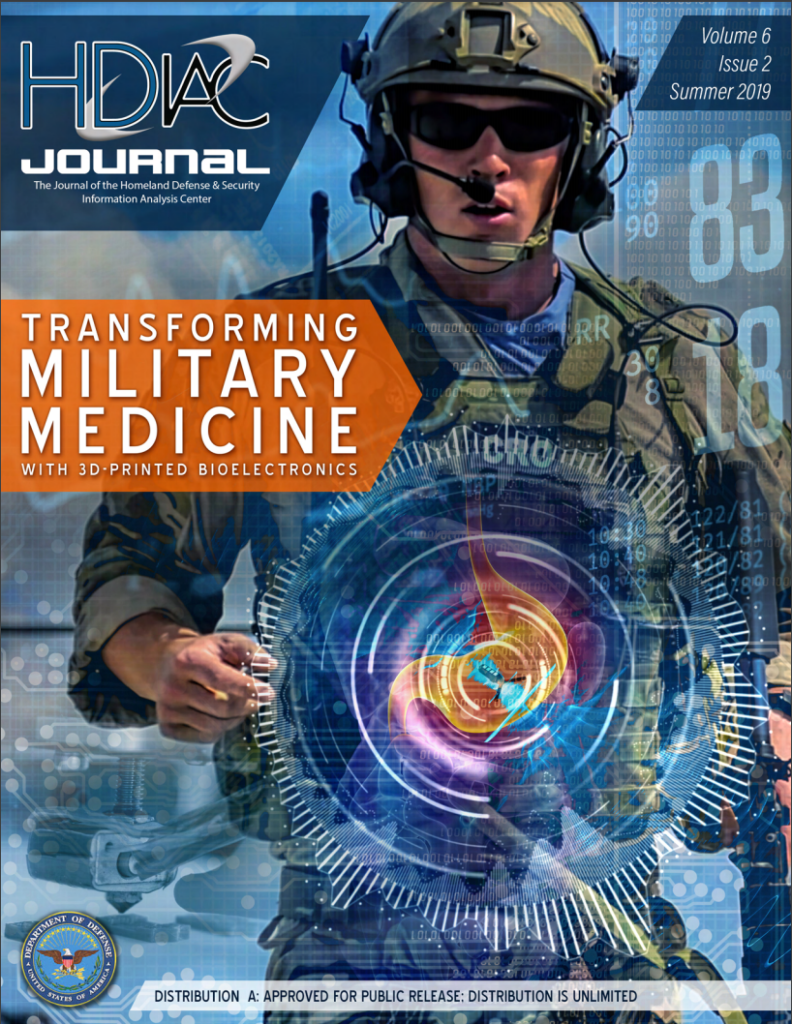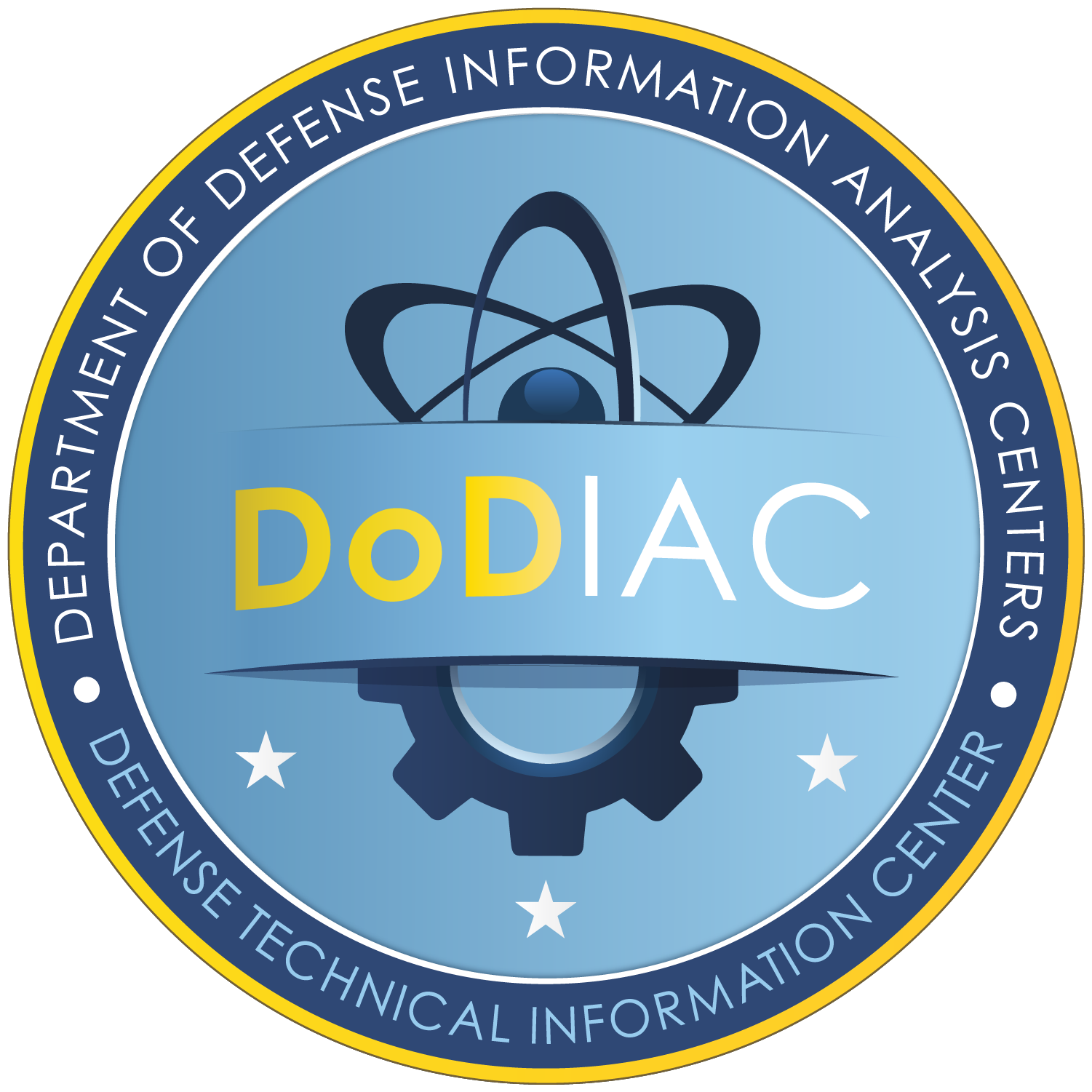Volume 6, Issue 2 of the HDIAC Journal covers seven of HDIAC’s eight focus areas, including Alternative Energy, Biometrics, CBRN Defense, Critical Infrastructure Protection, Cultural Studies, Medical, and Weapons of Mass Destruction. First, the Alternative Energy article discusses structural energy and power for use in lightweight vehicles and body armor. This technology could reduce the weight of vehicles and body armor, thus creating a more dynamic warfighter. Next, in the Biometrics article, researchers from the Monell Chemical Senses Center describe their research on analytical identification of stress odors using human breath. In the CBRN Defense article, researchers provide insight into preservation of health care assets during a biological incident, describing how preparedness plays a key role in the event of an incident. The Critical Infrastructure Protection article presents research from Washington University in St. Louis on solar-enabled water treatment in resource-limited settings, such as forward operating bases. This research was presented by the authors in a recent HDIAC Tech Talk. Next, the Cultural Studies article centers on computational analysis of international political discourse for global threat monitoring that could help the Intelligence Community understand and monitor international developments and threats. The first Medical article, which is featured on the cover, discusses 3D-printed bioelectronics for use in military medicine. These multiscale, multimaterial electronics can integrate with the warfighter, perform diagnostics, monitor the individual, and provide information leading to better treatment strategies. In the second Medical article, researchers from North Carolina State University describe how silver nanowire-based wearable sensors can be used in health assessment and physiological activity monitoring. Finally, the Weapons of Mass Destruction Threat Analysis looks at emerging technologies and their potential use in non-kinetic engagements. This article features a diverse set of authors from U.S. Special Operations Command, National Defense University, CSCI, and the Pellegrino Center for Clinical Bioethics at Georgetown University Medical Center.

Summer 2019: Volume 6 Issue 2
Published: August 29, 2019

